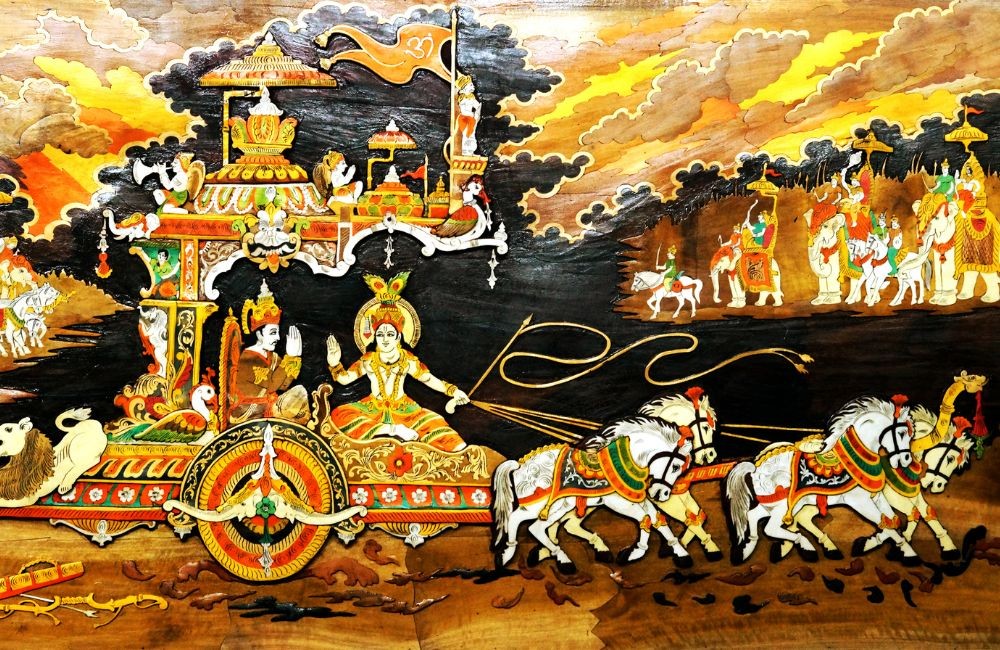
The Mahabharata Lessons on Leadership
Choosing the right successor
According to Wikipedia, Mahabharata was "probably compiled between the 3rd century BCE and the 3rd century CE." Even with such ancient roots, the series of events of the epic reflect several examples of successful and failed leadership.
King Bharat, being very proud of the dynasty he built, intended to hand it over to somebody with the right set of leadership skills. As he did not find those in his sons, he chose Bhumanyu as his successor to the throne.
A history of nepotism and favouritism has been prevailing over businesses from the very grass root levels to the C-suites. There have been instances of disastrous downfalls of businesses due to failed leadership.
The actions of King Bharat set the right example of unbiased behavior. He did not only know that his biological heirs may not be the right leaders for his dynasty but also was aware of Bhumanyu’s potential as the successor.
Right leaders, know the nerves of their direct reports.
An efficient leader will always be aware of his team members' skill sets and thus, assign them the right task with the right resources for them to succeed.
Bed of arrows built on Bheeshma's vows
Bheeshma is one of the most significant characters of Mahabharat. His vows and 'ichcha mrityu vardaan' (die at one's own will) were two major anchors of the complete plot of the epic. However, who was at fault for his miserable ending? He was undoubtedly a great warrior, but was he a great leader?
I am going to take you through my analysis of Bheeshma's rise and fall as a leader. Promises are good to make but only when the possible outcomes are calculated.
A catastrophe caused by an emotional outburst may be irreversible most of the time.
Thus, it is crucial to balance empathy and logic. The BharatPe- Ashneer Grover saga is a great example of why leaders need to be calm and composed before making decisions and statements.
The idea is to develop an ability to seamlessly toggle back and forth between the two networks as and when required, and one who masters it succeeds as a 'good leader'.